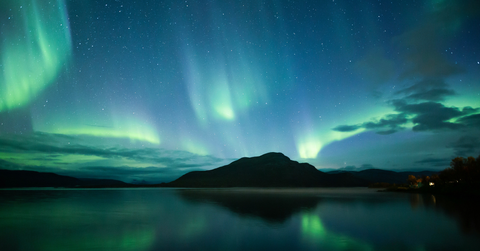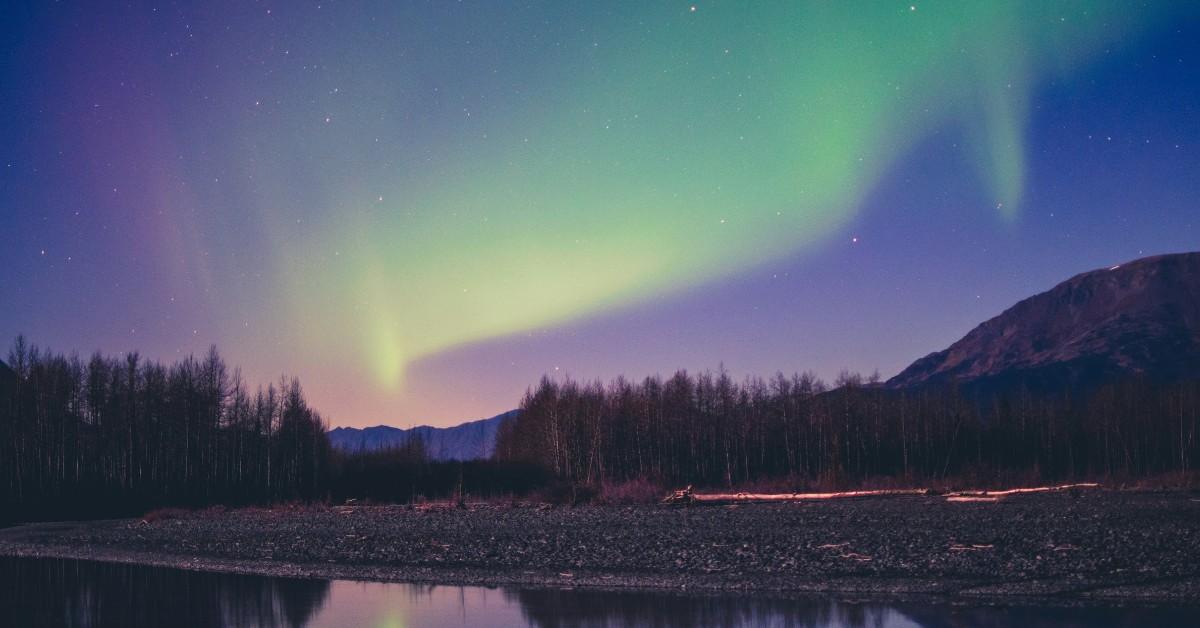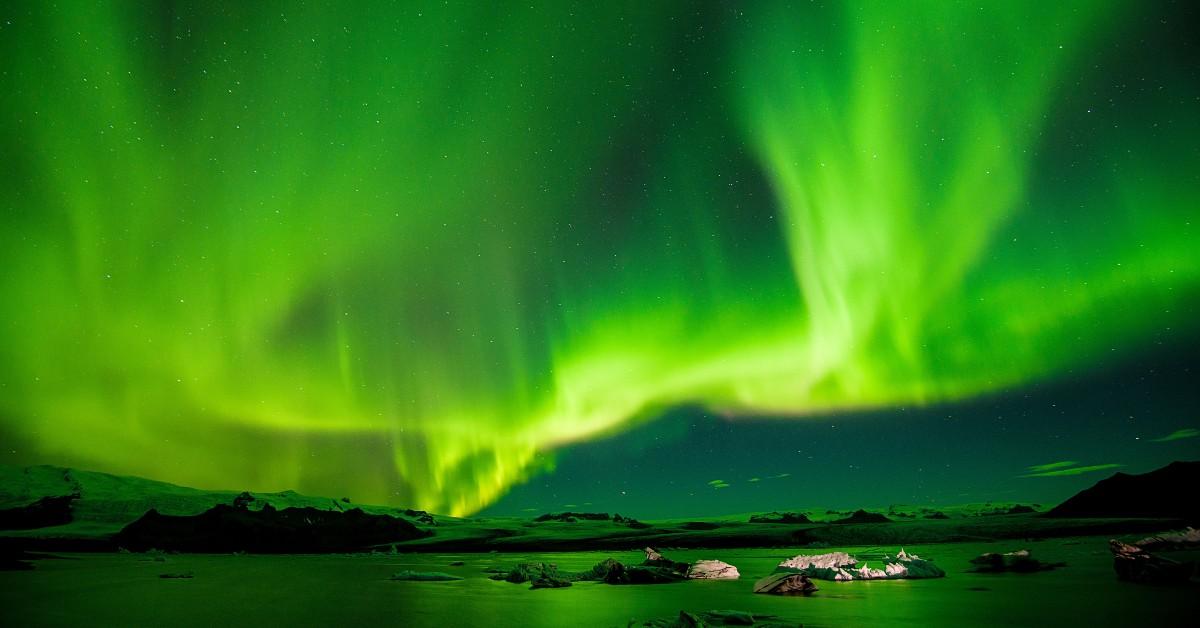Here's Why the Northern Lights Usually Look Better in Photos
The beautiful light show doesn't always live up to the hype in person.
Published Nov. 12 2025, 1:44 p.m. ET

The celestial show that is known as the northern lights is often considered a once-in-a-lifetime sight by many. That's because you typically have to travel to the literal ends of the Earth — the north and south poles are some of the best places to view the lights, even if it is freezing while you do — to have the best chances of viewing the auroras.
However, the sun has been going through a particularly active cycle these past few years, so more people have had access to the lights.
That means more people than ever are getting a chance to see the aurora borealis, which has left some feeling a little lackluster about the experience.
That's particularly true for those who live in areas where the lights look their best after the fact. So, why do the northern lights sometimes look better in photos than they do in real life? Just like in real estate, the answer has a lot to do with location, location, location. Keep reading to find out more.

Why do the northern lights look better in photos?
If you've ever looked to the night sky and only been able to see the faintest of glows from the northern lights before capturing vivid pinks, yellows, and purples with your cell phone, then you may be curious as to why your phone can do such a better job than the human eye can when it comes to detecting the lights.
One of the reasons this happens has to do with your location. In the high-intensity viewing areas, you'll be able to appreciate a whole range of colors in the sky without your phone.
That includes the poles and other aurora hotspots like Alaska and Iceland.
However, as you come further south, the charged particles that make up the northern lights become weaker and further from the Earth's magnetic poles, making them harder to see with the naked eye. However, your phone and camera can have a better chance of picking those little particles up thanks to computational photography and AI, according to Fast Company.

A lot of that has to do with the mechanics of your eyes. Human eyes rely on two different types of cells to view changes in light, rods and cones. While the cones are the cells that are responsible for seeing color, cones require more light to operate. This design flaw makes it harder to see colors in the dark, which can make the auroras appear muted when seen in person.
Fortunately, your smartphone can pick up the slack and capture those vibrant hues that your eyes miss in the moment.
How to take good pictures of the northern lights:
Want to make the most of your experience with the aurora borealis? First, you'll need your smartphone or a digital camera that will allow you to adjust the aperture and ISO settings. Next, you'll need to head to an area with minimal light and set your camera or phone on a stable surface.
Once you're in position, you'll just need to wait for the light show to begin to snap the perfect photo.
Of course, you may need to take a few so that you can adjust the camera settings accordingly to get the best shot. But, once you're done, you should end up with a frame-worthy picture of the lights, even if you couldn't quite see the beauty and vibrancy of the auroras while you were snapping the shots.